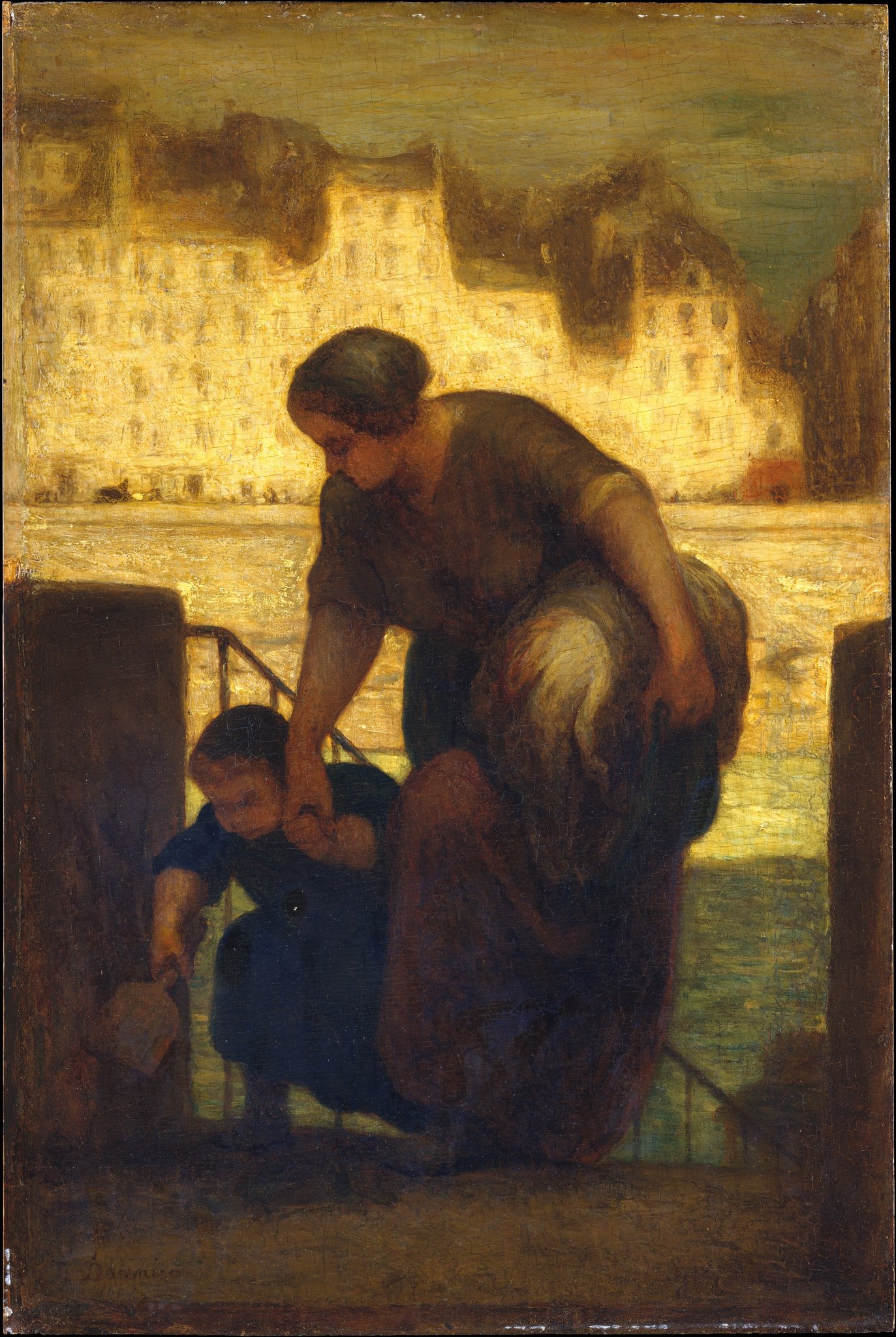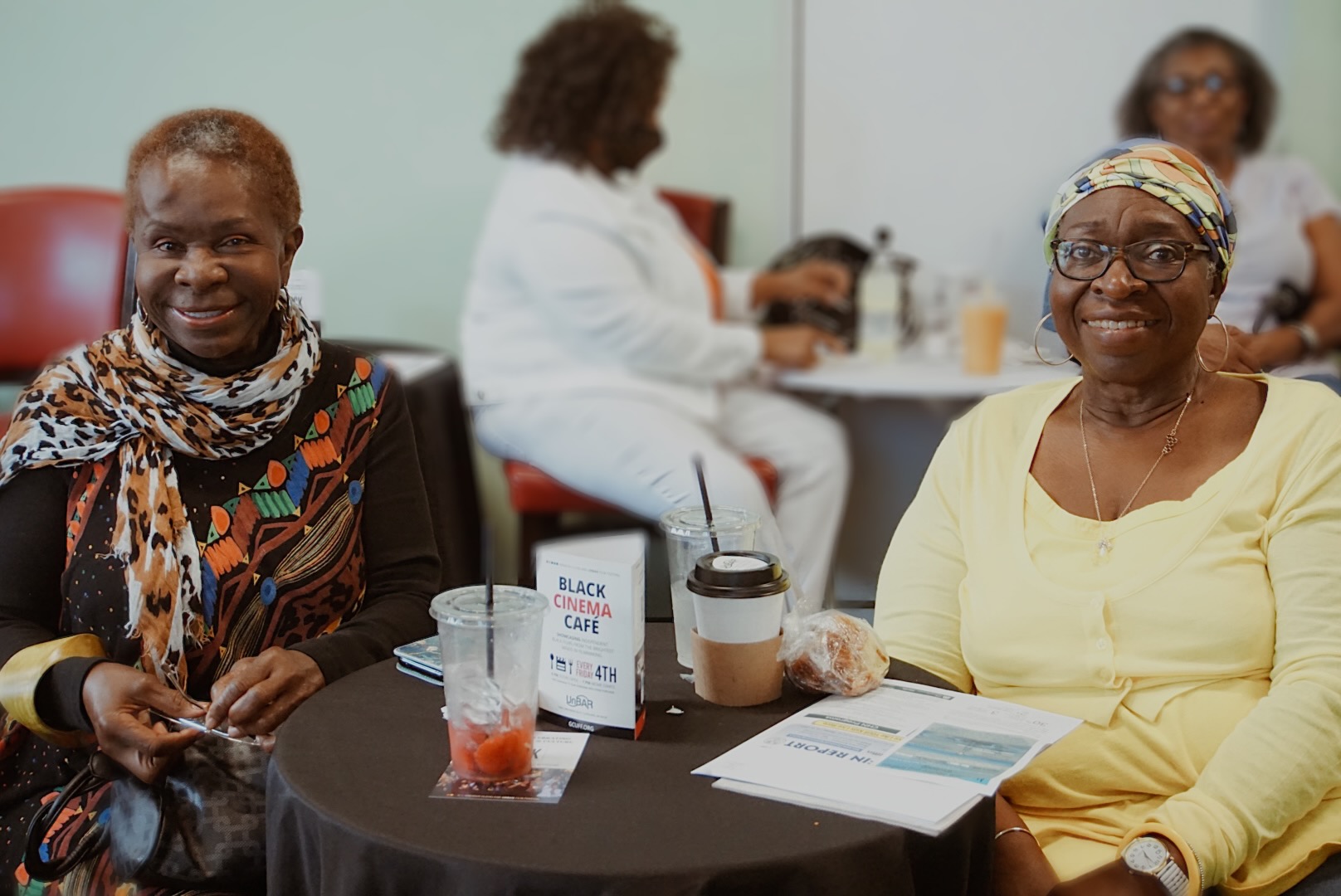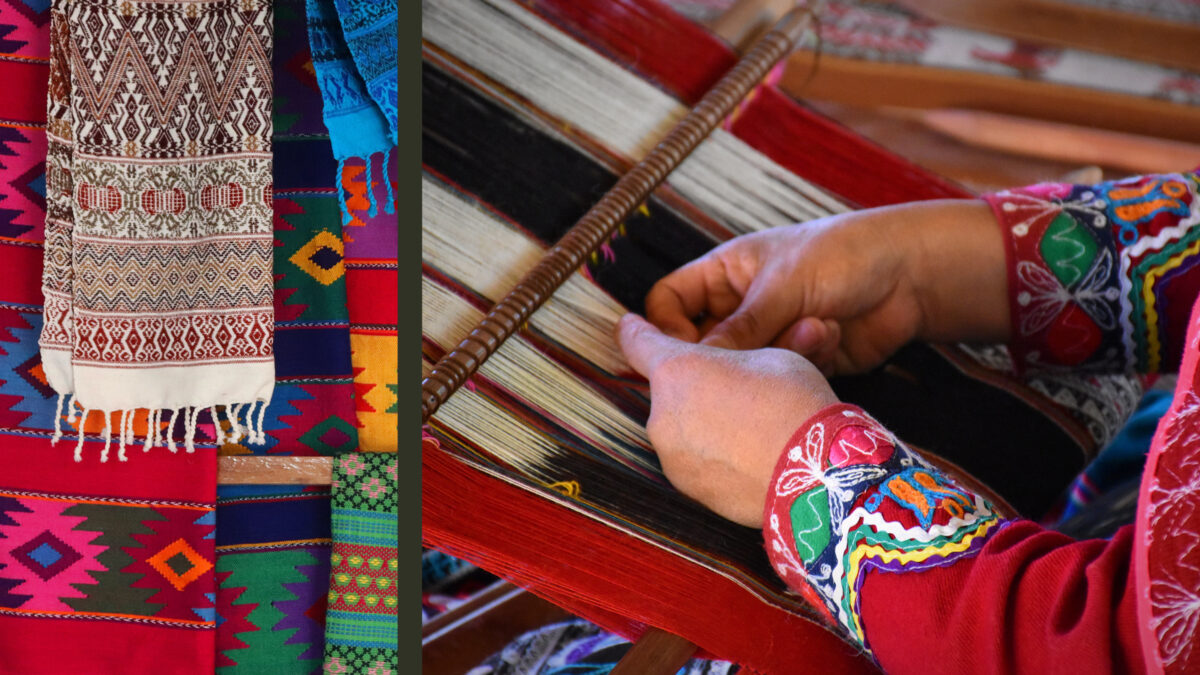Art as a Form of Protest: Creative Expression in Times of Social Change
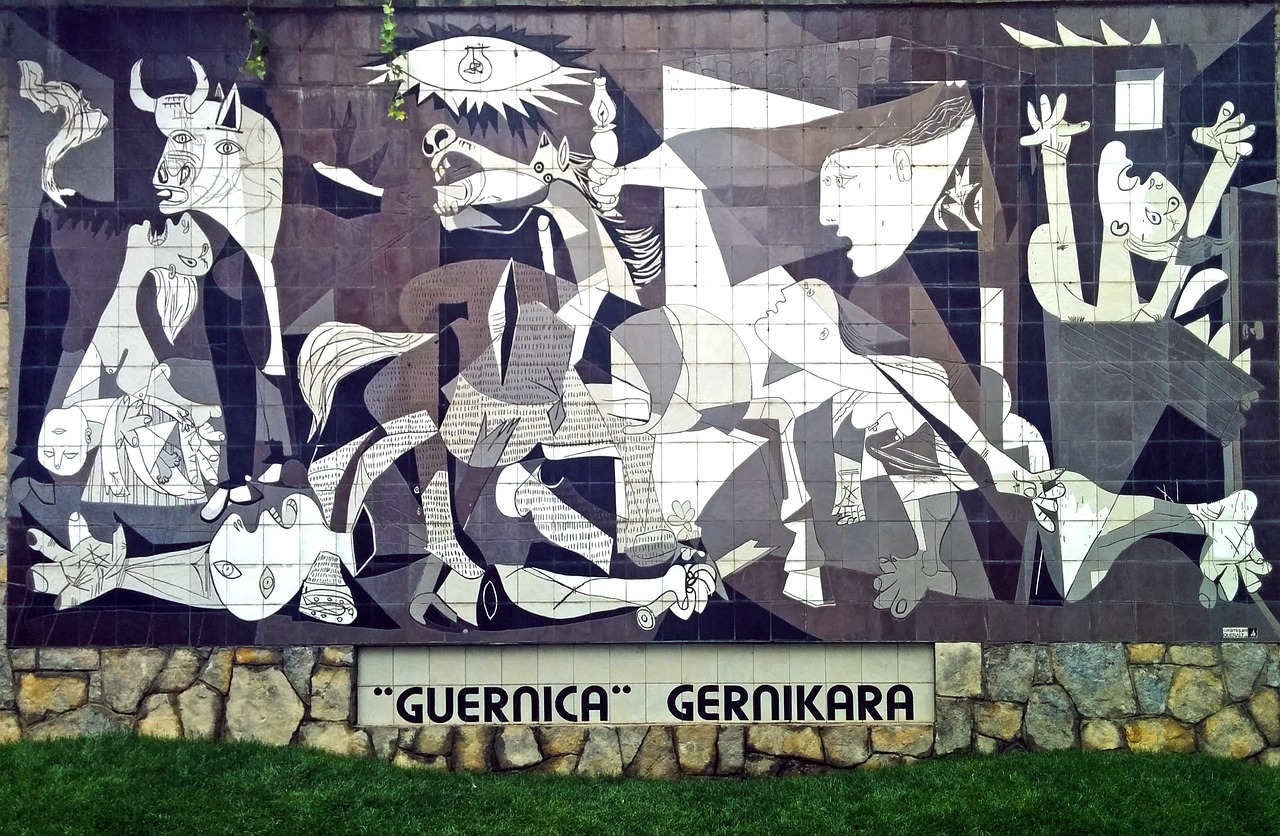
Art as a Catalyst for Change
Throughout history, art has served as a powerful tool for activism and social change. From vibrant murals on city walls to stirring performances in public squares, creative expression has often embodied the voice of the unheard. In recent years, this medium has come to the forefront, reflecting the complexities of societal issues and sparking conversation around topics that demand attention. The unique ability of art to convey poignant messages connects with audiences on emotional and intellectual levels, motivating individuals to take action.
- Visual Arts: Street art in cities like Philadelphia and New York City has become synonymous with movements such as Black Lives Matter. Artists like Banksy or local graffiti creators have transformed blank walls into canvases that ignite dialogue about racial injustice and police brutality. For instance, the “Say Their Names” mural in Philadelphia honors victims of violence and serves not only as a memorial but also as a rallying point for communities demanding justice.
- Literature: Books and poetry often articulate the struggles faced by marginalized communities, inspiring readers and fostering empathy. Works such as “The Hate U Give” by Angie Thomas and poetry collections by writers like Amanda Gorman highlight the stories and experiences that may be overlooked, encouraging readers to reflect on their own beliefs and behaviors.
- Music: Protest songs like “Fight the Power” by Public Enemy resonate deeply, galvanizing listeners and pushing for social justice. These anthems transcend mere musical entertainment; they are calls to arms that evoke collective memories and aspirations for a better future. Whether it’s the folk sounds of Woody Guthrie or the modern beats of artists like Billie Eilish, music has historically played a pivotal role in movements for change.
Art not only challenges the status quo but also encourages communities to engage in critical dialogue about pressing issues. It serves to:
- Convey emotions that words alone cannot capture, expressing the pain, joy, and struggles of everyday life.
- Mobilize individuals towards collective action, fostering solidarity through shared experiences and visual symbols.
- Highlight injustices often overlooked in mainstream narratives, giving voice to the voiceless and urging audiences to confront uncomfortable truths.
In examining these forms of expression, it becomes clear that art is more than mere aesthetics; it is a profound means of protest. As we delve into the diverse ways that creativity intersects with activism, we uncover the potential for change woven through the fabric of society. Art empowers individuals not only to reflect on their surroundings but also to push the boundaries of what is acceptable, igniting movements that can alter the course of history. In the age of social media, these efforts are amplified, allowing artists to reach global audiences instantaneously, further enhancing their impact. The continuous evolution of art as a medium for activism underscores its importance in the ongoing quest for justice and equality.
EXPLORE MORE: Click here for insights on music therapy
The Impact of Visual Arts on Social Movements
Visual arts have long played a pivotal role in shaping public opinion and mobilizing communities. Artists utilize various mediums, including paintings, murals, and sculptures, to visually communicate messages that resonate deeply with societal struggles. This form of expression not only captures the essence of a movement but also serves as a powerful reminder of the issues at hand. For example, during the Civil Rights Movement of the 1960s, renowned artists like Charles White and Jacob Lawrence harnessed their talents to depict the experiences of African Americans, bringing urgency and visibility to the quest for equality.
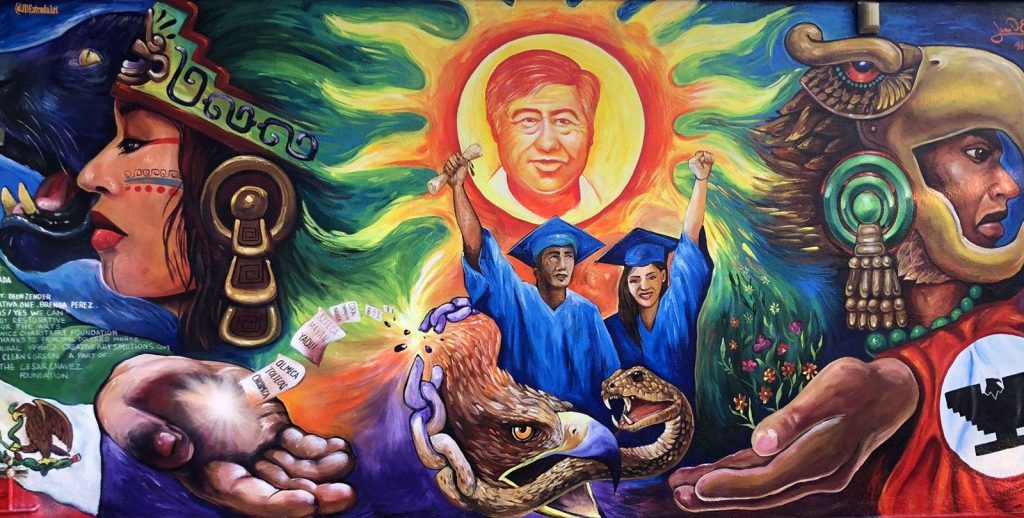
In modern times, the power of visual arts has been harnessed to address contemporary issues, such as climate change, immigration, and systemic racism. In cities across the United States, large-scale murals and graffiti pieces have transformed urban landscapes into canvases of protest. A notable example is the “Black Lives Matter” mural on 17th Street in Washington, D.C., which serves not only as a declaration of support for the movement but also as a tourist attraction, drawing attention from around the globe.
The Role of Street Art
Street art distinguishes itself from traditional forms of art through its accessibility and often ephemeral nature. It thrives in public spaces, allowing messages to reach audiences that may not engage with galleries or museums. This democratization of art has empowered communities to reclaim public spaces and communicate their grievances. Additionally, street artists often utilize humor, satire, or stark visuals to provoke thought and challenge the status quo. The intersection of art and protest has become a hallmark of urban life, where artists like Shepard Fairey and Fafi have taken social issues and turned them into compelling visual narratives that demand attention.
- Emotional Resonance: Artwork that tackles social issues resonates emotionally, crafting an experience that can provoke feelings of empathy, anger, and hope. The ability to visually represent complex emotions allows viewers to connect with the subject matter in profound ways.
- Historical Context: Many artists draw inspiration from historical events, using past struggles to inform current movements. This reflection can serve as a reminder of how far society has come, while simultaneously highlighting the work that still needs to be done.
- A Call to Action: Murals and street art often feature direct calls to action, urging the public to engage in activism, whether it be by attending protests or participating in community organizing.
The impact of visual arts in activism is not limited to aesthetics; it constitutes a vibrant dialogue about societal issues that would often be sidelined. By embedding messages in the very fabric of our surroundings, artists invite communities to not just observe but to engage, reflect, and act. As we explore the narratives woven into these creative expressions, we uncover a foundational layer of activism—one that empowers individuals to challenge the norms and strive for transformative change.
Art has always held a mirror to society, reflecting the challenges and triumphs of the human condition. In recent years, the theme of “Art as a Form of Protest: Creative Expression in Times of Social Change” has gained significant attention, as artists worldwide use their platforms to ignite dialogue and foster social change. Art has evolved into a powerful weapon against oppression, allowing voices that have long been silenced to be heard.One remarkable example of this is street art. From the iconic murals of Banksy to the vibrant expressions in urban neighborhoods, street art breaks barriers, engaging communities in discussions about societal issues such as inequality, poverty, and police brutality. This form of creative expression democratizes art, making it accessible to everyone, regardless of socioeconomic status. Moreover, social media has amplified the reach of such art, giving artists a global audience. This has led to a surge in movements that use art as a rallying cry for change. The #BlackLivesMatter movement, for instance, has been accompanied by powerful visual statements that resonate deeply with audiences, drawing attention to systemic racism and injustice.Another essential aspect of this artistic activism is performance art. Artists like Marina Abramović use their bodies as a canvas to convey profound messages about human rights and freedom, inviting viewers not just to watch but to experience. Performance art is visceral, encouraging audiences to engage with the subject matter emotionally and intellectually, thereby fostering a more profound connection to the issues at hand.Furthermore, art can serve as documentation of social movements. Photographers like Dorothea Lange captured the plight of impoverished Americans during the Great Depression, using imagery to evoke empathy and understanding. Similarly, contemporary photographers document protests, capturing the spirit of resilience and the demand for change, forever preserving these moments in history.As these examples illustrate, the intersection of art and protest is a dynamic space where creativity meets activism. It challenges the status quo and inspires individuals to think critically about the world around them. By engaging with art that speaks to social issues, we are encouraged to reflect on our values and consider our roles as active participants in the quest for justice. Art not only tells stories; it compels change, proving that creative expression can indeed be a force for social transformation.
DISCOVER MORE: Click here to unleash your creativity
Performance Art as a Catalyst for Change
Performance art has emerged as an insightful medium of protest that actively engages participants and audiences, transcending traditional visual representation. By combining elements of theater, dance, and often interactive storytelling, performance artists can create poignant experiences that challenge societal norms. For example, the “AIDS Memorial Quilt” was not just a visual representation of loss but a live performance of remembrance, part of a larger call for awareness and action during the AIDS crisis. This collaborative work mobilized thousands, transforming personal grief into a communal act of protest.
Another striking instance can be seen in the works of artists like Marina Abramović, whose provocative performances often touch upon themes of pain, endurance, and vulnerability. Through her piece “The Artist Is Present,” Abramović confronted her audience with questions of existence and connection, illuminating the often-ignored dialogues surrounding mental health and societal weariness, particularly in tumultuous times. This form of art creates a visceral experience, prompting reflection and emotional engagement that static art cannot achieve.
The Power of Theater in Advocacy
Theater also plays a significant role in protest, offering narratives that articulate marginalized voices and highlight social injustices. Groundbreaking plays like “The Vagina Monologues”, written by Eve Ensler, have sparked crucial conversations around feminism, sexual violence, and women’s rights, empowering individuals to share their stories. These performances have been more than mere entertainment; they serve as tools for education and mobilization, leading to donations, advocacy, and grassroots movements aimed at addressing gender-based violence.
- Engaging the Audience: The immersive experience created by performances can evoke empathy and understanding, inviting audience members to confront their beliefs and behaviors. The physical presence of performers alongside the audience creates a shared space for dialogue and reflection.
- Reflecting Cultural Identity: Performance art often serves to reclaim and reinterpret cultural narratives, enabling communities to express their unique identities while addressing broader social issues. This dynamic fosters solidarity and unity among participants and spectators alike.
- Innovative Storytelling: Artists utilize creative storytelling techniques to address systemic issues in a manner that resonates with diverse audiences. This approach encourages conversation and introspection across various demographics, bridging divides that may exist in society.
Performance as a form of protest exemplifies how the live arts can be both a personal and collective experience. The stories told through this medium have the power to inspire action and provoke thought, creating an atmosphere ripe for communal reflection and change. As artists continue to explore innovative methods for engaging audiences, the influence of performance art within social movements remains a vital conduit for collective expression and advocacy in times of unrest.
DISCOVER MORE: Click here to dive deeper
Conclusion: The Enduring Impact of Art as Protest
As we have explored, art as a form of protest serves not merely as a backdrop to social change but acts as a dynamic force that resonates deeply within communities. The seemingly simple act of creating art—whether through visual arts, performance, or theater—can ignite conversations, challenge societal norms, and inspire collective movements echoing calls for justice and equality. Artists like Marina Abramović and collections like the AIDS Memorial Quilt exemplify how emotional engagement and evocative narratives foster shared experiences that highlight urgent social issues.
Moreover, the role of theater in advocacy underscores the ability of storytelling to articulate underrepresented voices and mobilize for change. It reveals the transformative power of words and actions, illustrating how art can function as a vital instrument for education and empowerment. The immersive experiences created in these performances invite audiences to reflect profoundly on their values, beliefs, and the broader societal landscape.
In a time marked by unrest and inequality, creative expression has proven to be a resilient means of protest that permeates cultures and communities across the United States and beyond. As the landscape of social movements evolves, art will undoubtedly remain a pivotal ally—one that not only captures the essence of resistance but also nurtures hope for a more equitable future. This exploration invites readers to further examine the intersection of art and activism, leading to a deeper understanding of how creativity can drive societal change.
